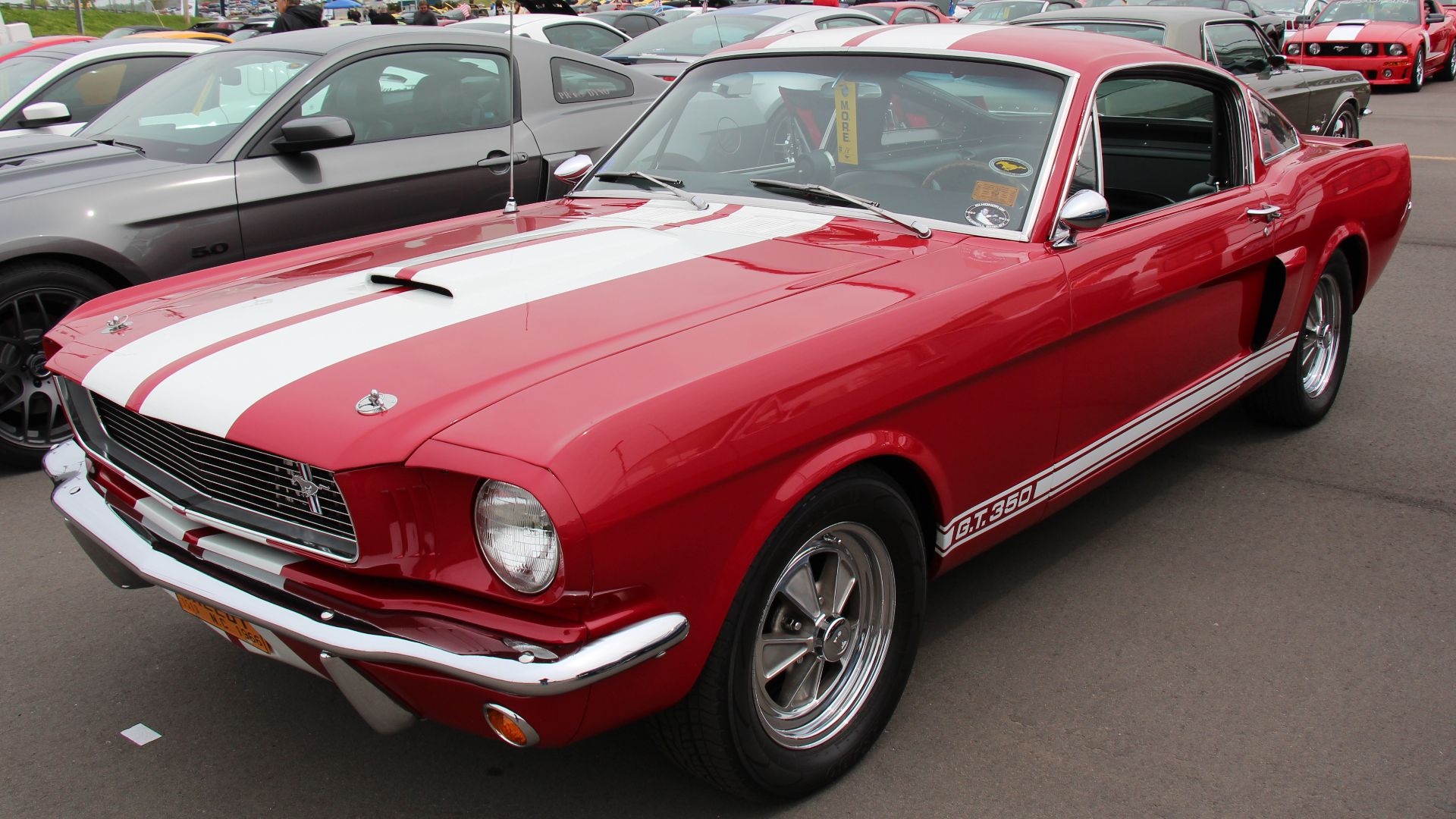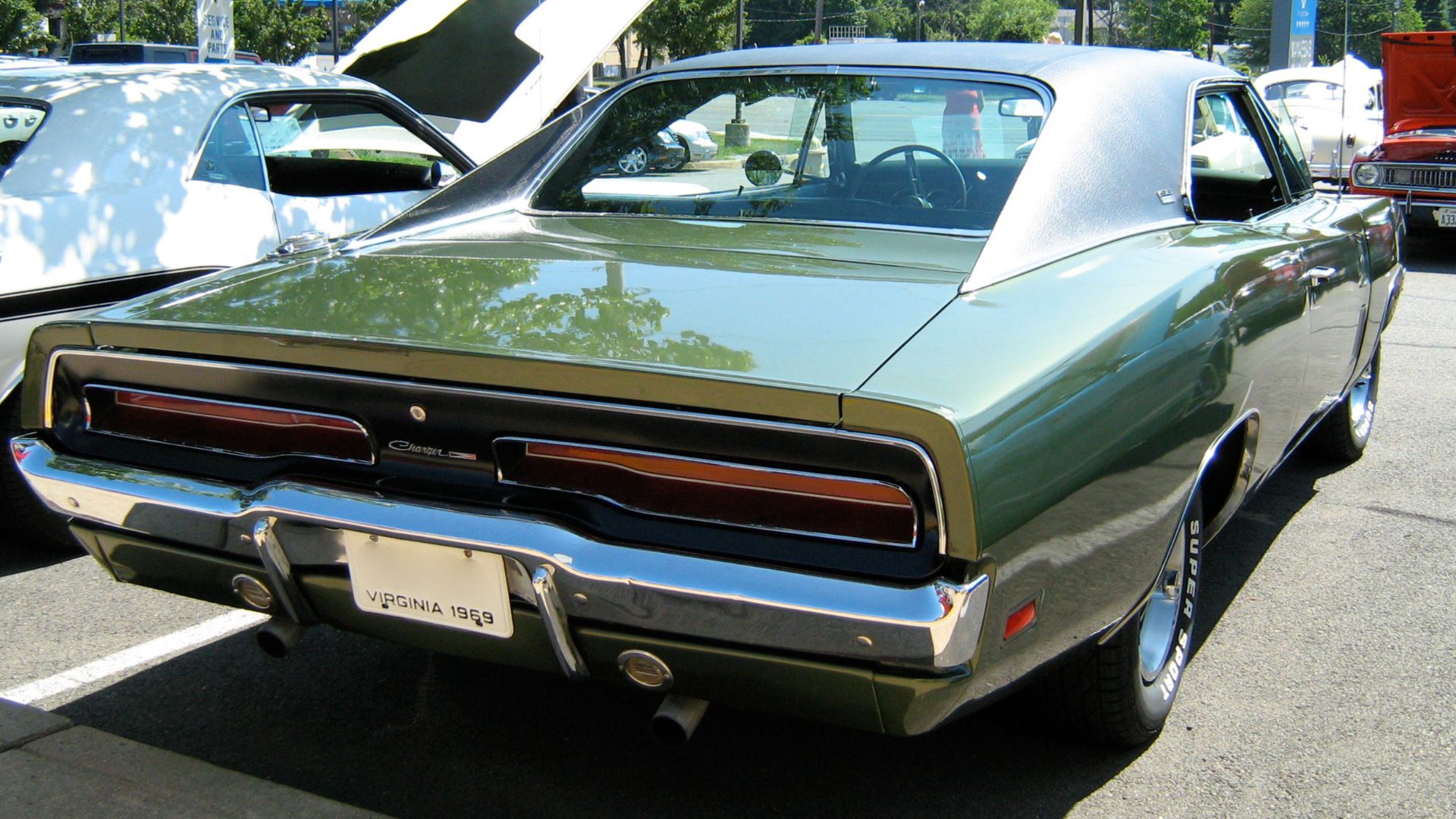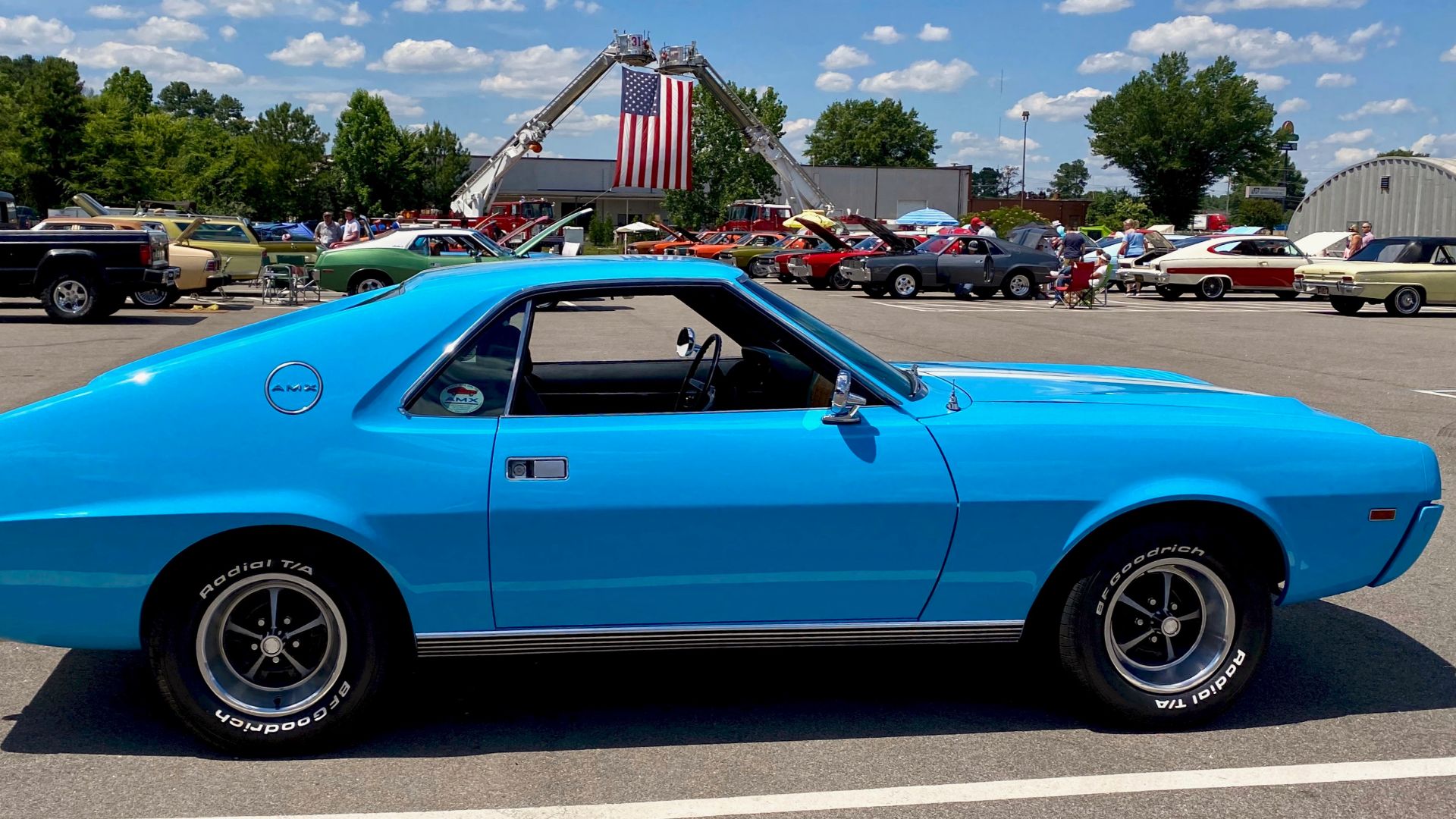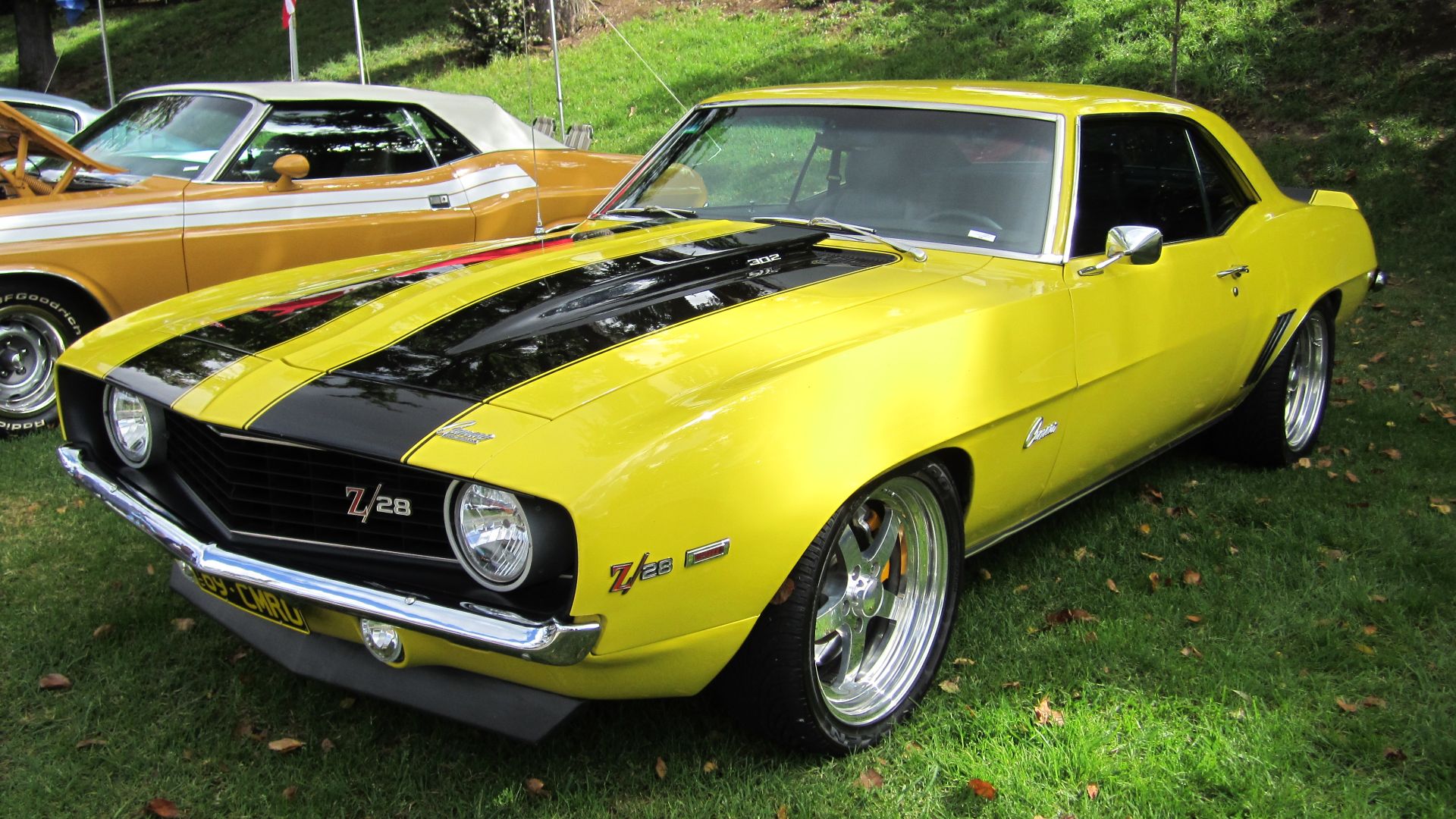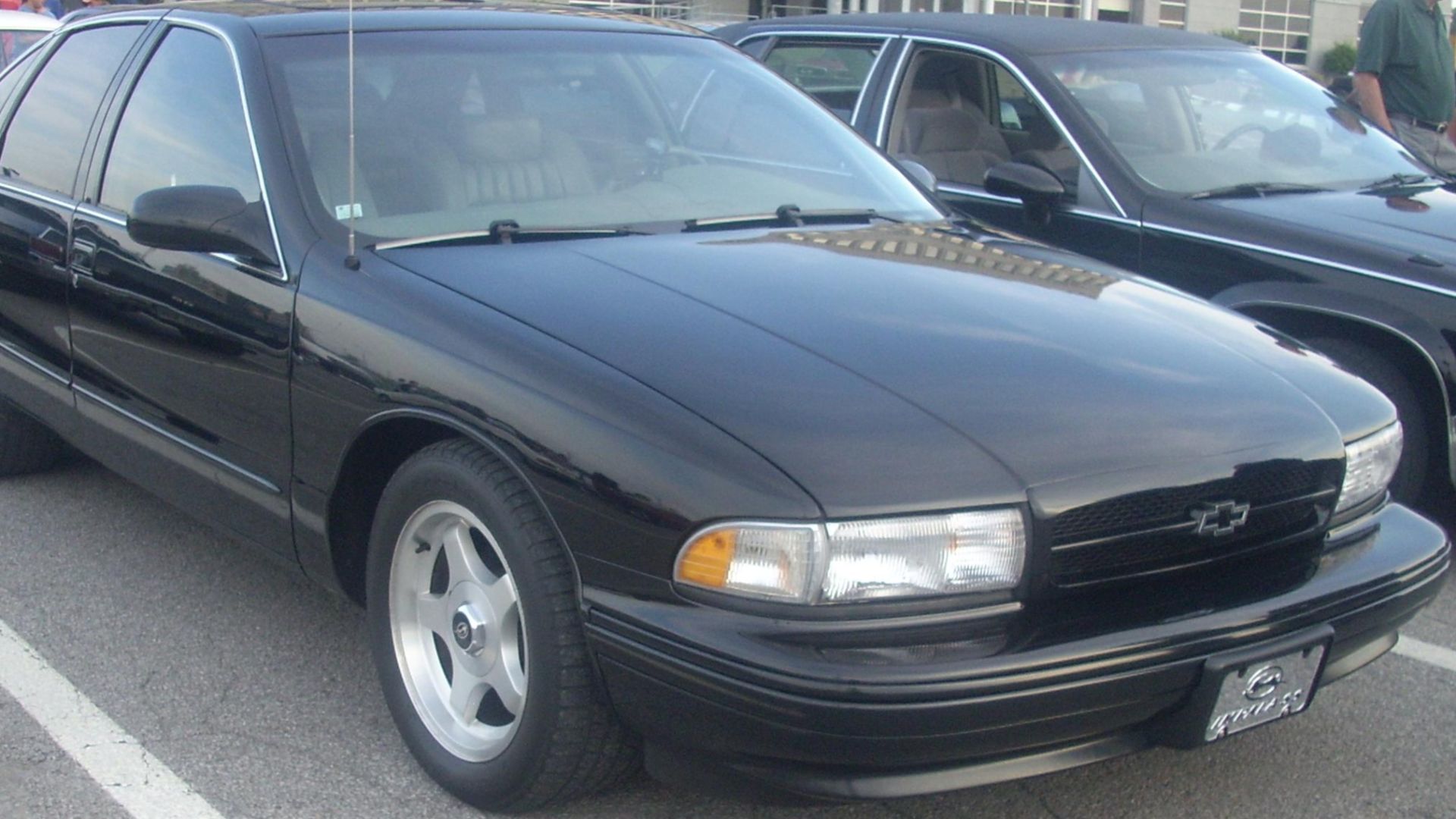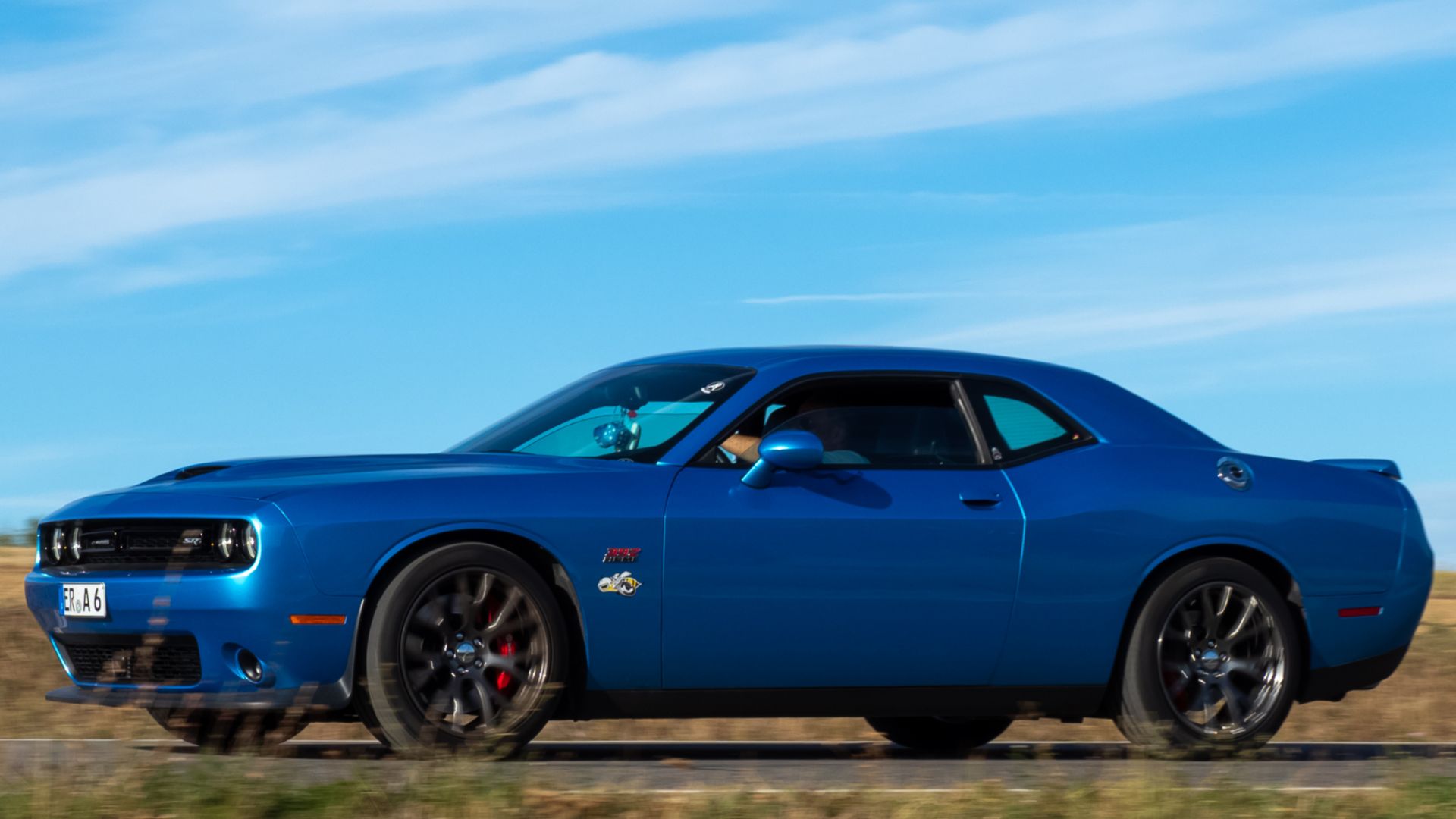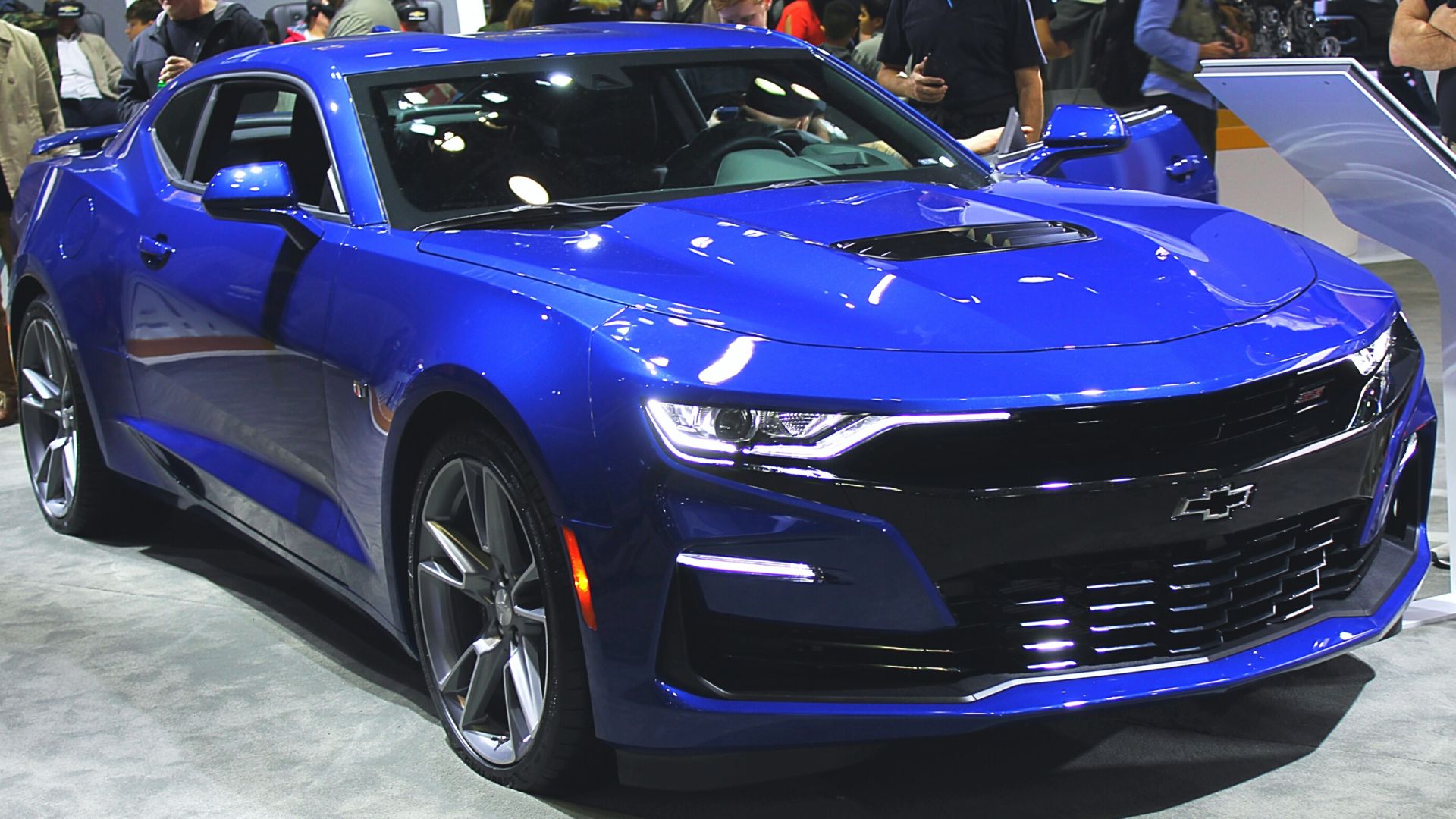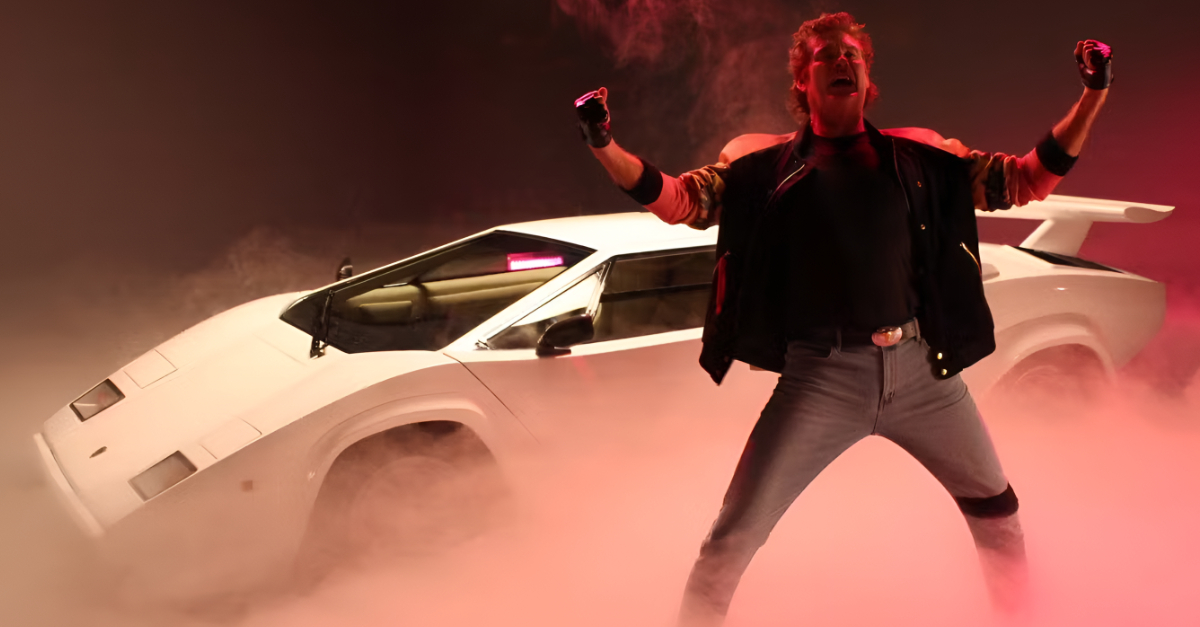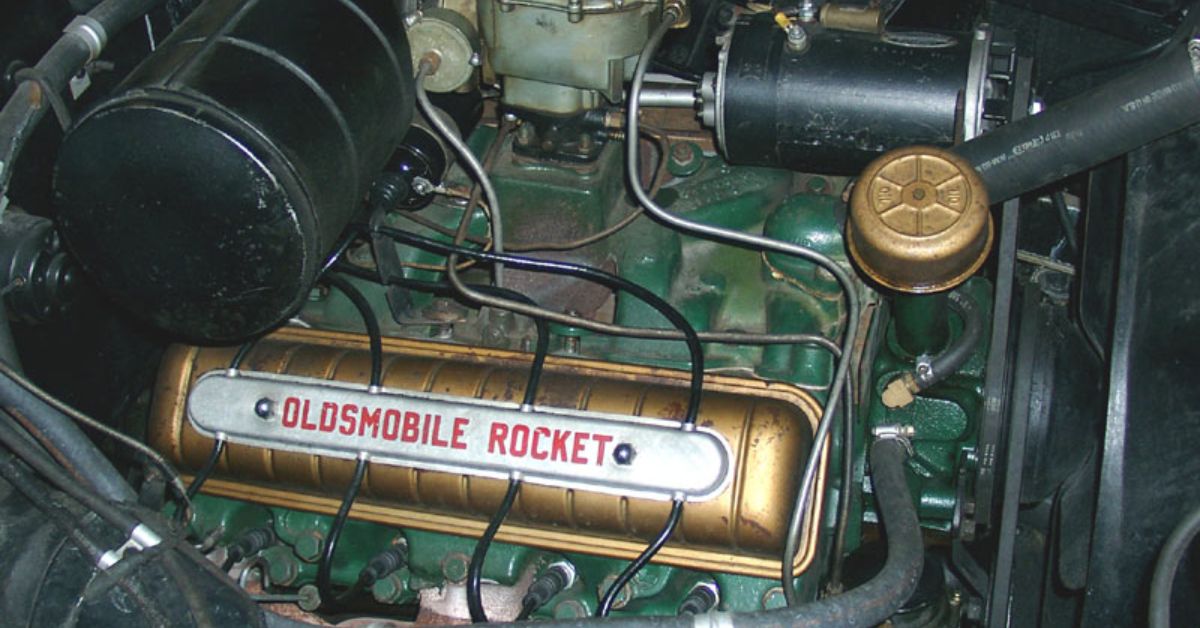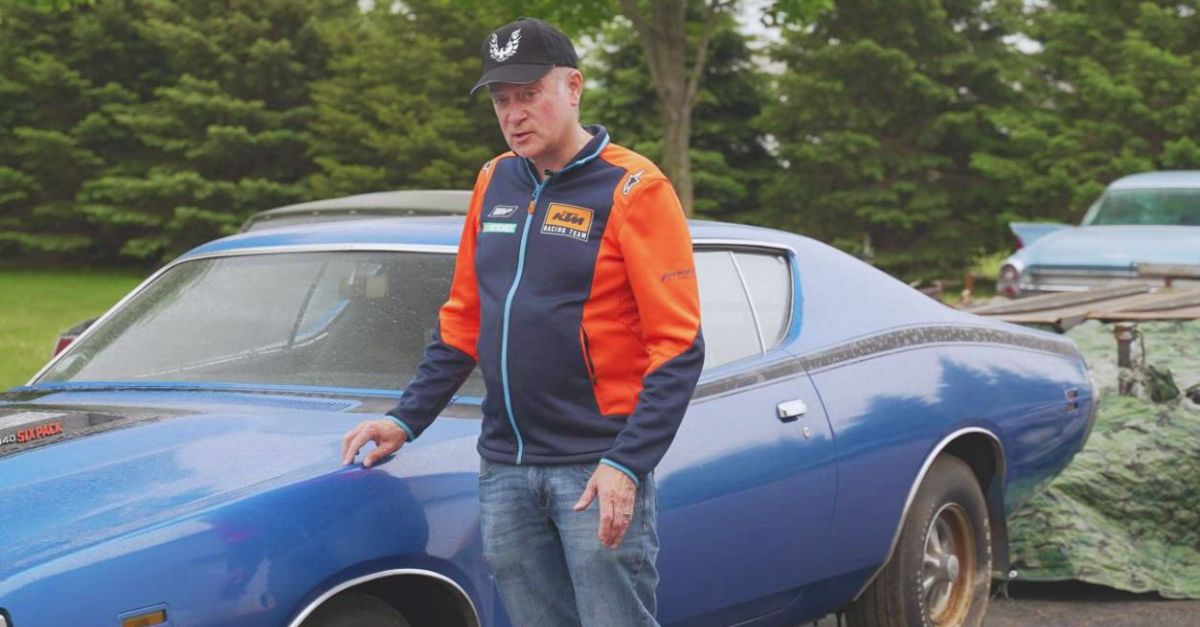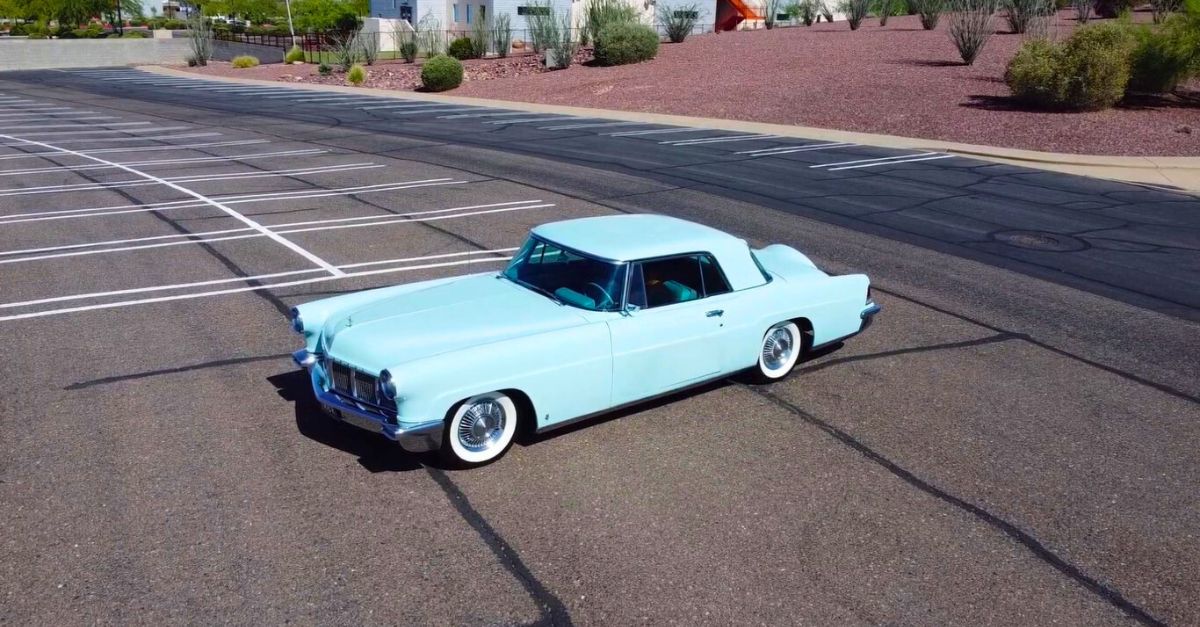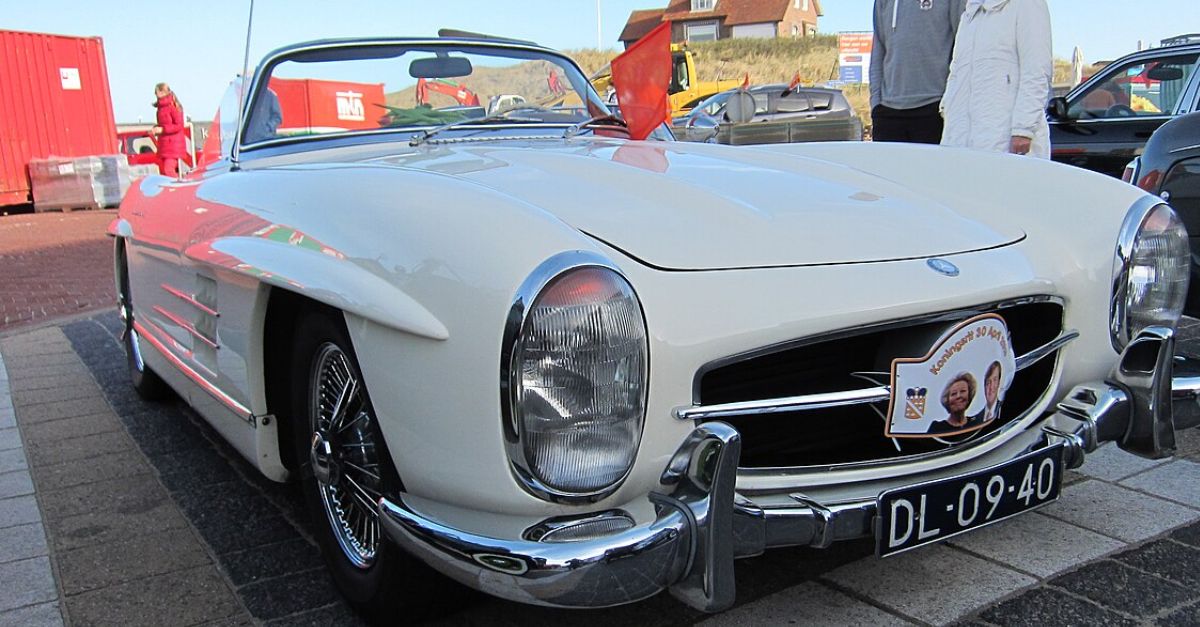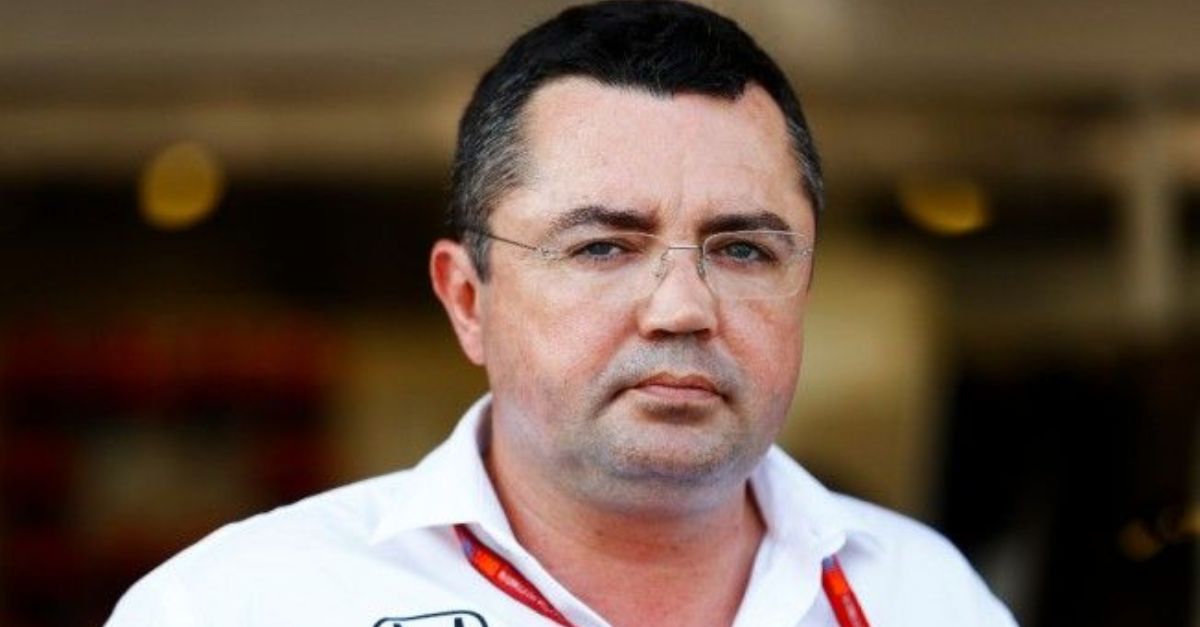From Drag Strips To Driveways
Muscle cars are all about big engines, bold sound, and raw performance you can feel. From the mid‑20th‑century icons to today’s hyper‑powered beasts, the muscle machines on this list show how far the formula has come, and just how fast “street‑legal” can truly be. Buckle up as we burn through the legends that turned horsepower into history.
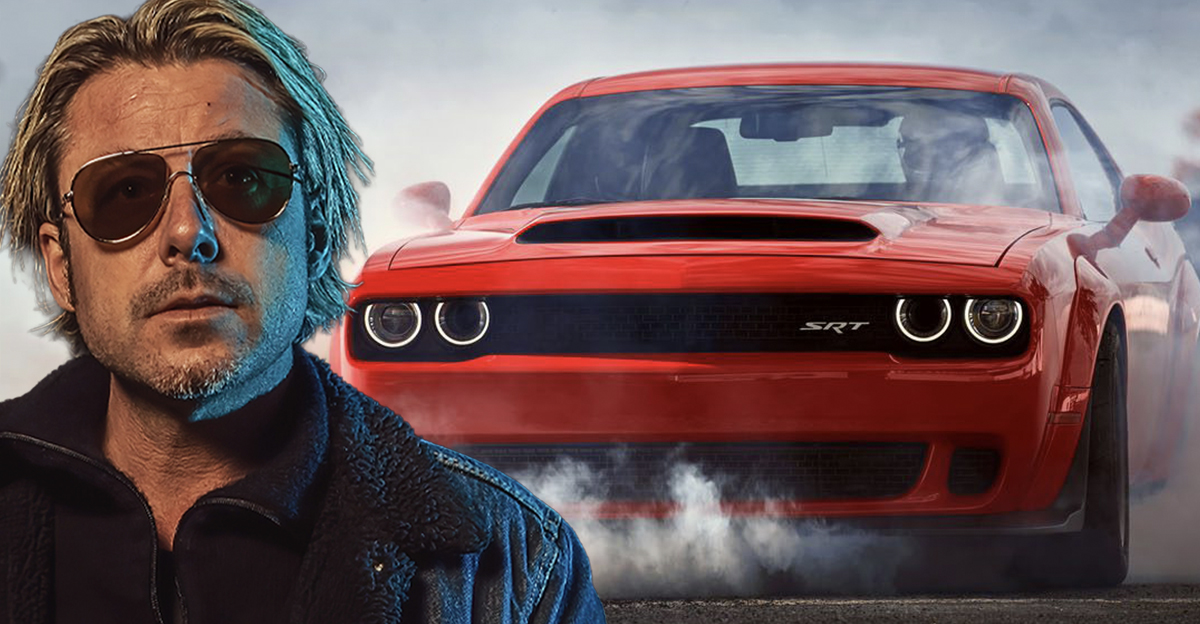
1969 Dodge Charger Daytona
Born from NASCAR’s aero wars, the 1969 Dodge Charger Daytona became the first car to break 200 mph on a closed course, all while remaining fully street‑legal. Its 426 Hemi V8 generated 425 horsepower and was paired with a distinctive aerodynamic nose cone and a massive rear wing for downforce. Though built primarily for homologation, every Daytona was legally drivable, blending space‑age aerodynamics with raw American torque to become an icon of speed and engineering audacity.
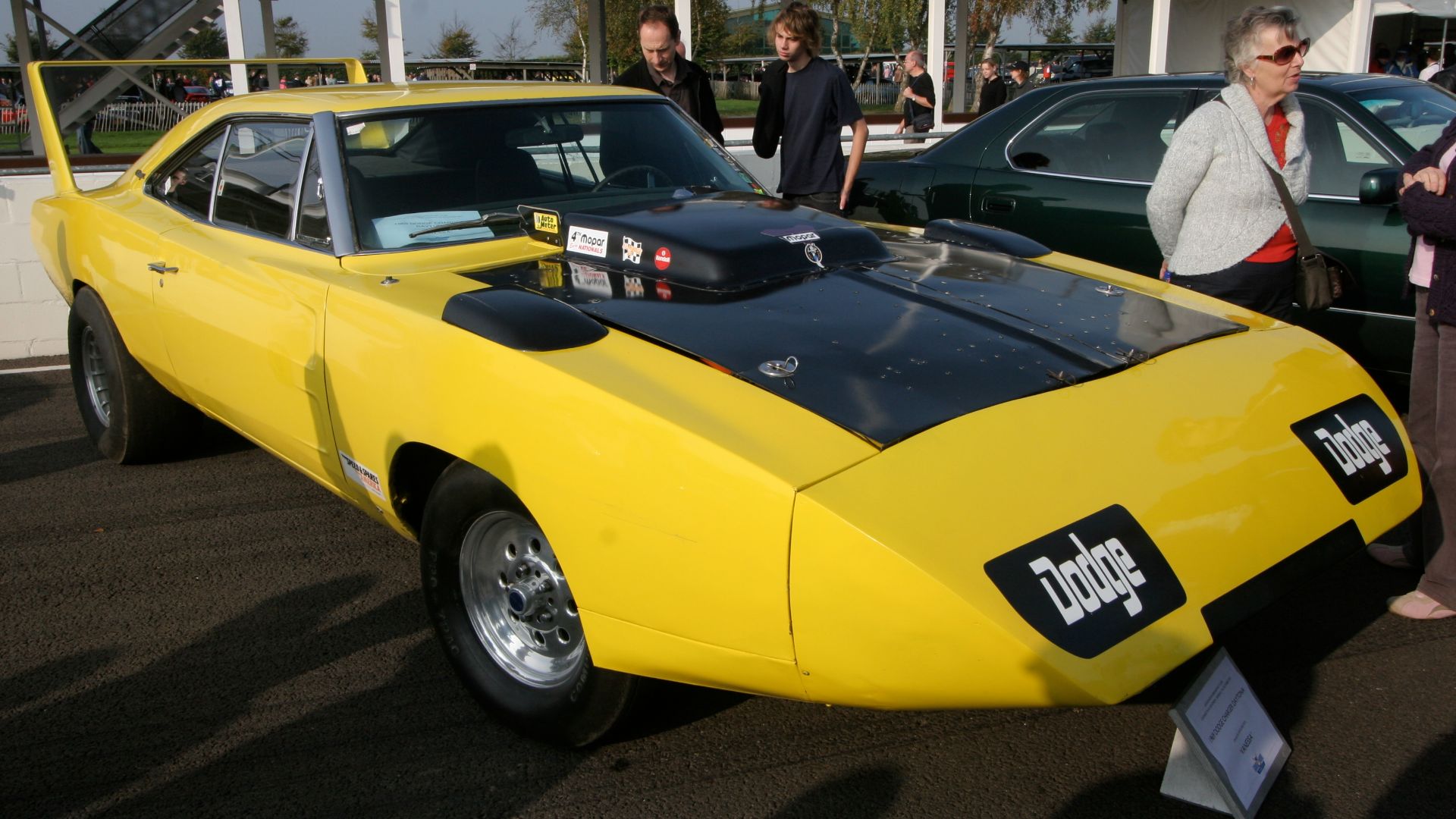 Brian Snelson, Wikimedia Commons
Brian Snelson, Wikimedia Commons
1966 Shelby GT350
The 1966 Shelby GT350 was the Mustang that graduated from the racetrack to the open road. Carroll Shelby’s performance tuning transformed the 289‑cubic‑inch V8 into a high‑revving 306‑hp screamer. It could sprint from 0‑60 mph in under 6.5 seconds and was stripped of luxuries to save weight. With its track‑ready suspension, distinctive Le Mans stripes, and legendary handling, the GT350 became one of the earliest true street‑legal race cars, and one of the most collectible today.
1969 Dodge Challenger R/T
The 1969 Dodge Challenger R/T perfectly embodied the height of the muscle‑car era. Available with the 440 Magnum or legendary 426 Hemi V8, it offered 375 to 425 horsepower and a 0‑60 mph sprint in roughly six seconds. It combined size, style, and brute performance, becoming a symbol of Mopar dominance.
1970 Plymouth ‘Cuda Hemi
The 1970 Plymouth ‘Cuda Hemi turned pure horsepower into an art form. Under its shaker hood sat a 426 Hemi V8 delivering 425 horsepower and 490 lb‑ft of torque. It rocketed from 0‑60 mph in about five seconds, which was astonishing for its time. With limited production numbers and an unmistakable look, the ‘Cuda Hemi remains one of the most desirable and expensive muscle cars in history.
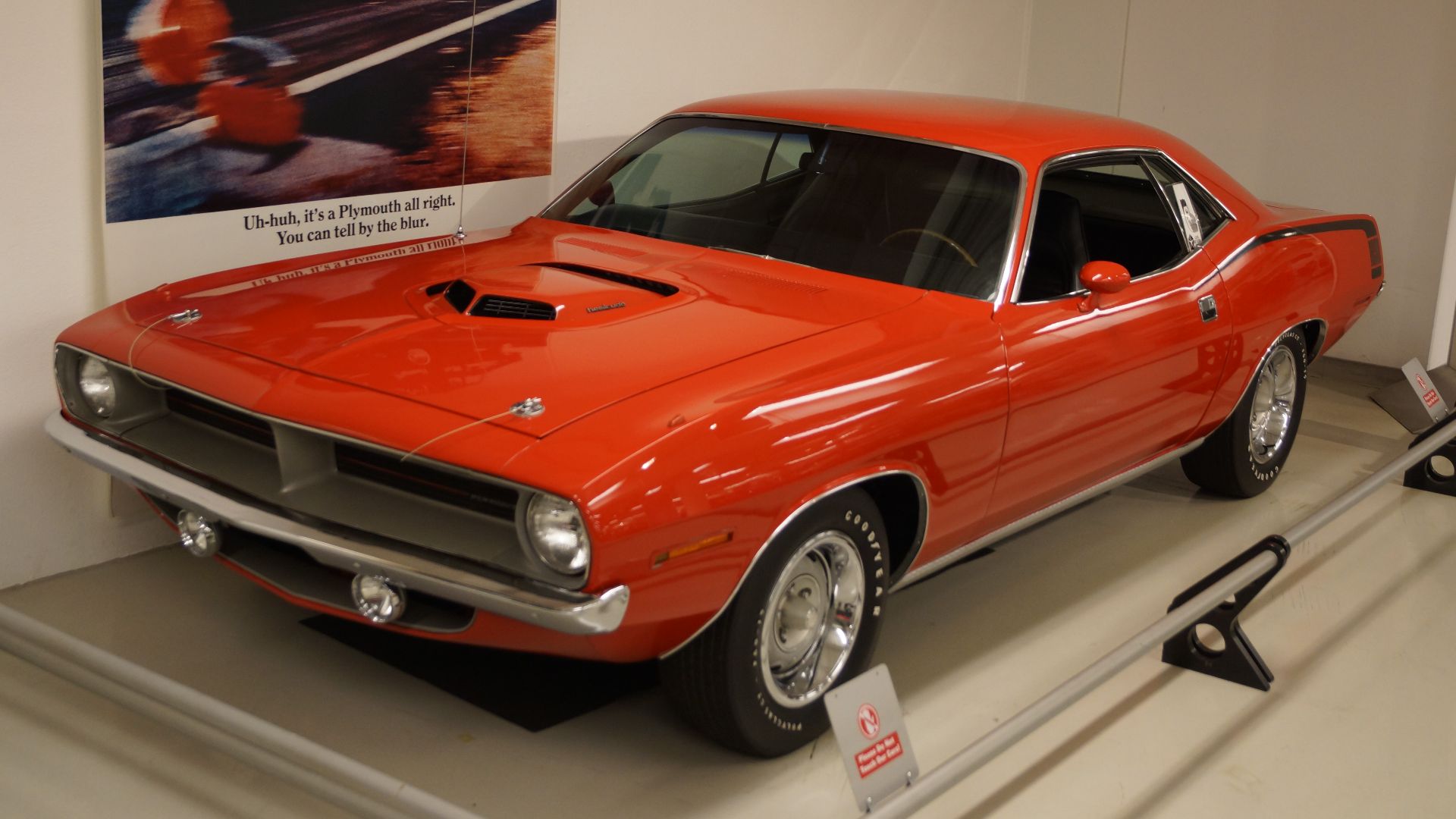 Greg Gjerdingen from Willmar, USA, Wikimedia Commons
Greg Gjerdingen from Willmar, USA, Wikimedia Commons
1969 Ford Mustang Boss 429
Built to qualify Ford’s new engine for NASCAR, the 1969 Boss 429 Mustang hid serious racing tech beneath its sleek frame. Its semi‑hemispherical 429‑cubic‑inch V8 produced at least 375 hp, though many estimate 500+. With a top speed near 150 mph, this car blurred the line between street‑legal and track weapon. Its rarity (only 859 made) and precise engineering make it one of Ford’s most celebrated performance legends.
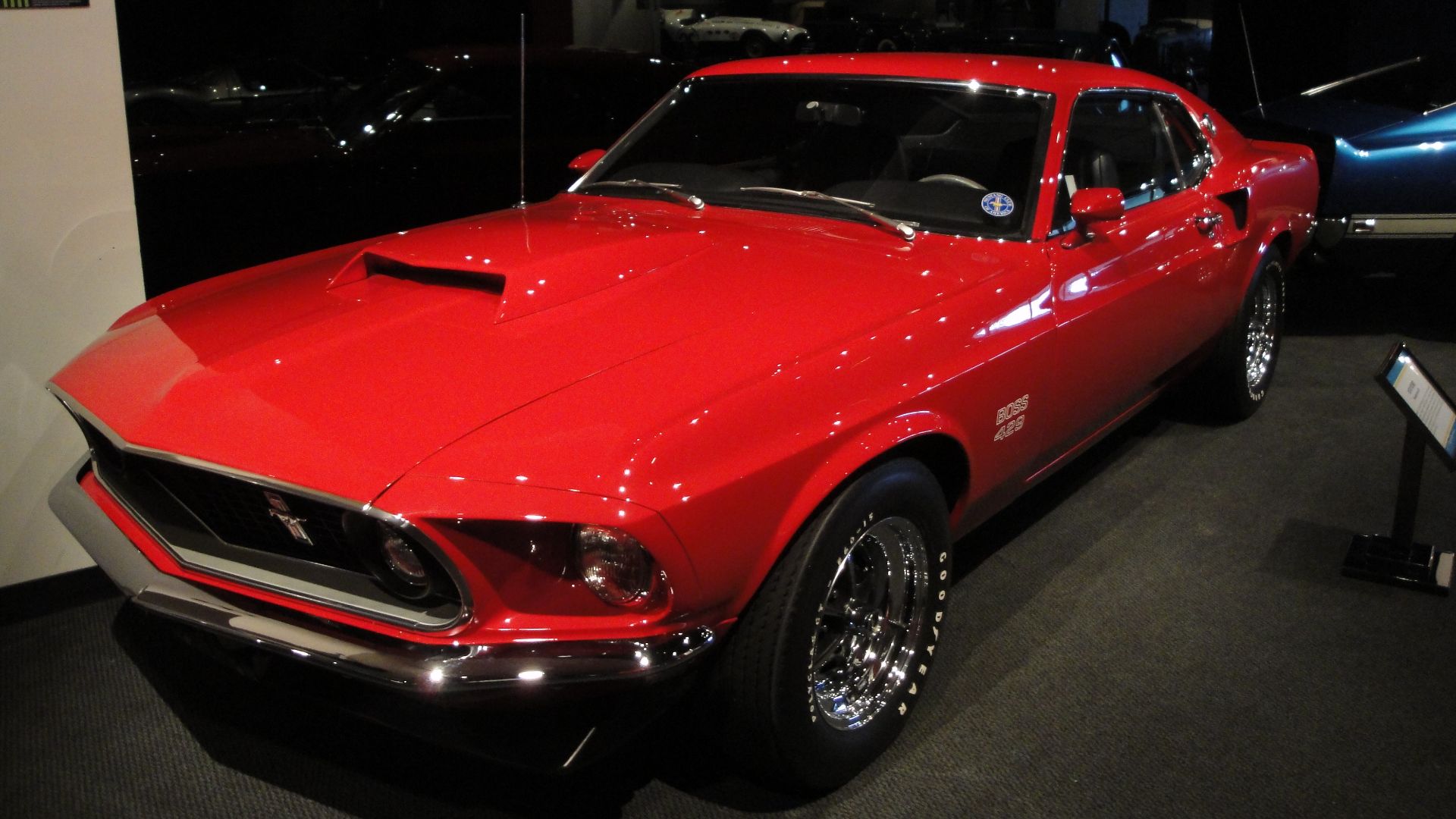 Greg Gjerdingen from Willmar, USA, Wikimedia Commons
Greg Gjerdingen from Willmar, USA, Wikimedia Commons
1970 Chevrolet Chevelle SS 454 LS6
The 1970 Chevelle SS 454 LS6 was peak muscle. Its 454‑cubic‑inch V8 pumped out 450 hp and a jaw‑dropping 500 lb‑ft of torque. With 0‑60 mph in five seconds and a quarter‑mile under 14, it ruled the boulevards. Despite its mass, it handled with surprising grace, proving that American muscle could combine brute power with surprising drivability.
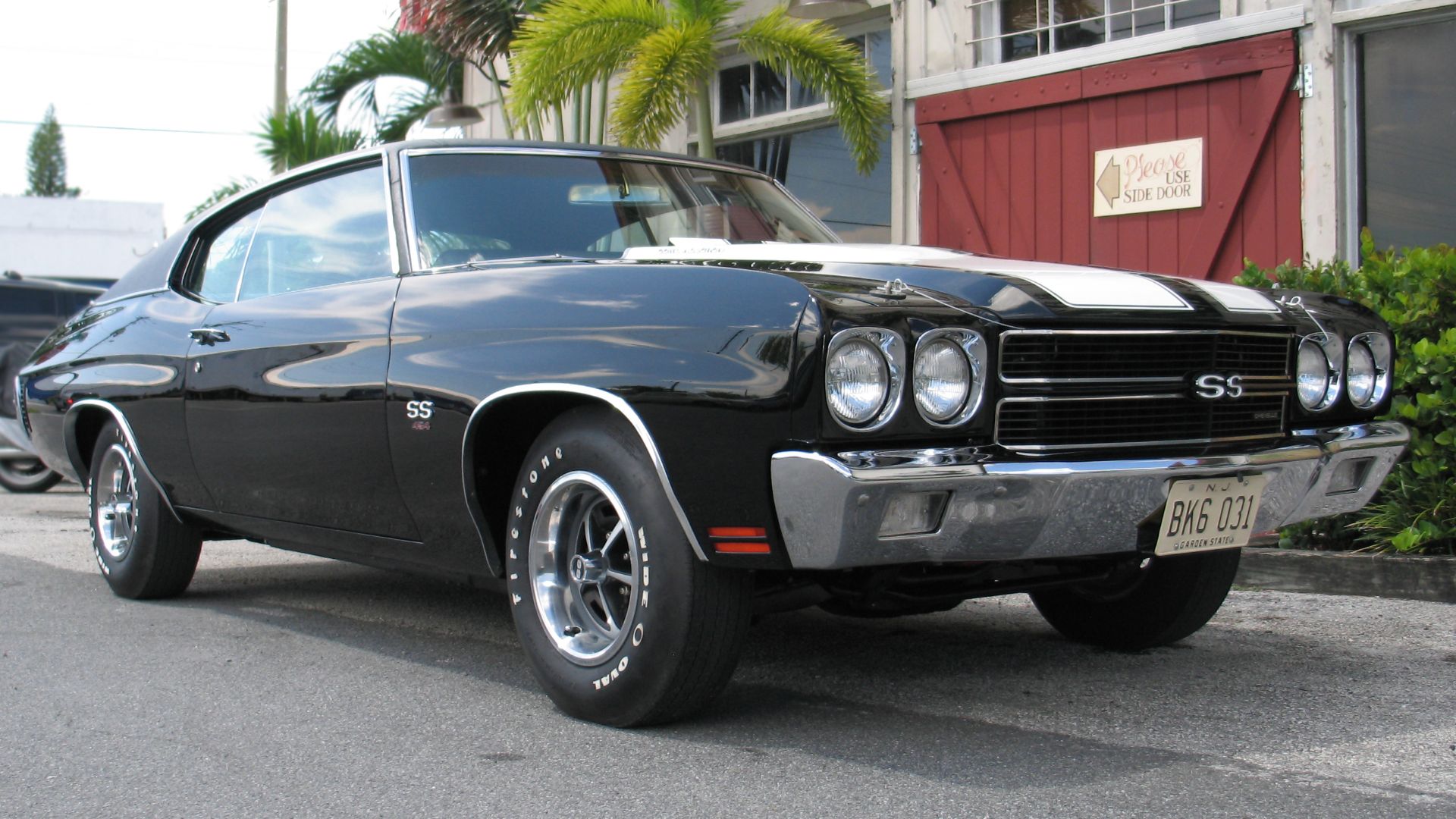 Classicsworkshop, Wikimedia Commons
Classicsworkshop, Wikimedia Commons
1969 AMC AMX
Small but mighty, the 1969 AMC AMX delivered a compact dose of performance with its 390 V8 engine producing up to 340 horsepower. Weighing less than most muscle rivals, it hit 0‑60 mph in around 5.7 seconds. The AMX was America’s underdog: affordable, unique, and fast enough to challenge the giants. With a short wheelbase and aggressive styling, it remains a cult classic that redefined what 'street‑legal performance' meant for smaller American automakers.
1970 Buick GS 455 Stage 1
In 1970, the Buick GS 455 Stage 1 proved that sophistication could still pack a serious punch. Its underrated 360‑hp V8 produced over 500 lb‑ft of torque, vaulting it from 0‑60 mph in just 5.8 seconds. It out‑torqued many rivals while delivering a smoother, quieter ride. This was the gentleman’s muscle car, with street‑legal performance hidden beneath luxury trimmings.
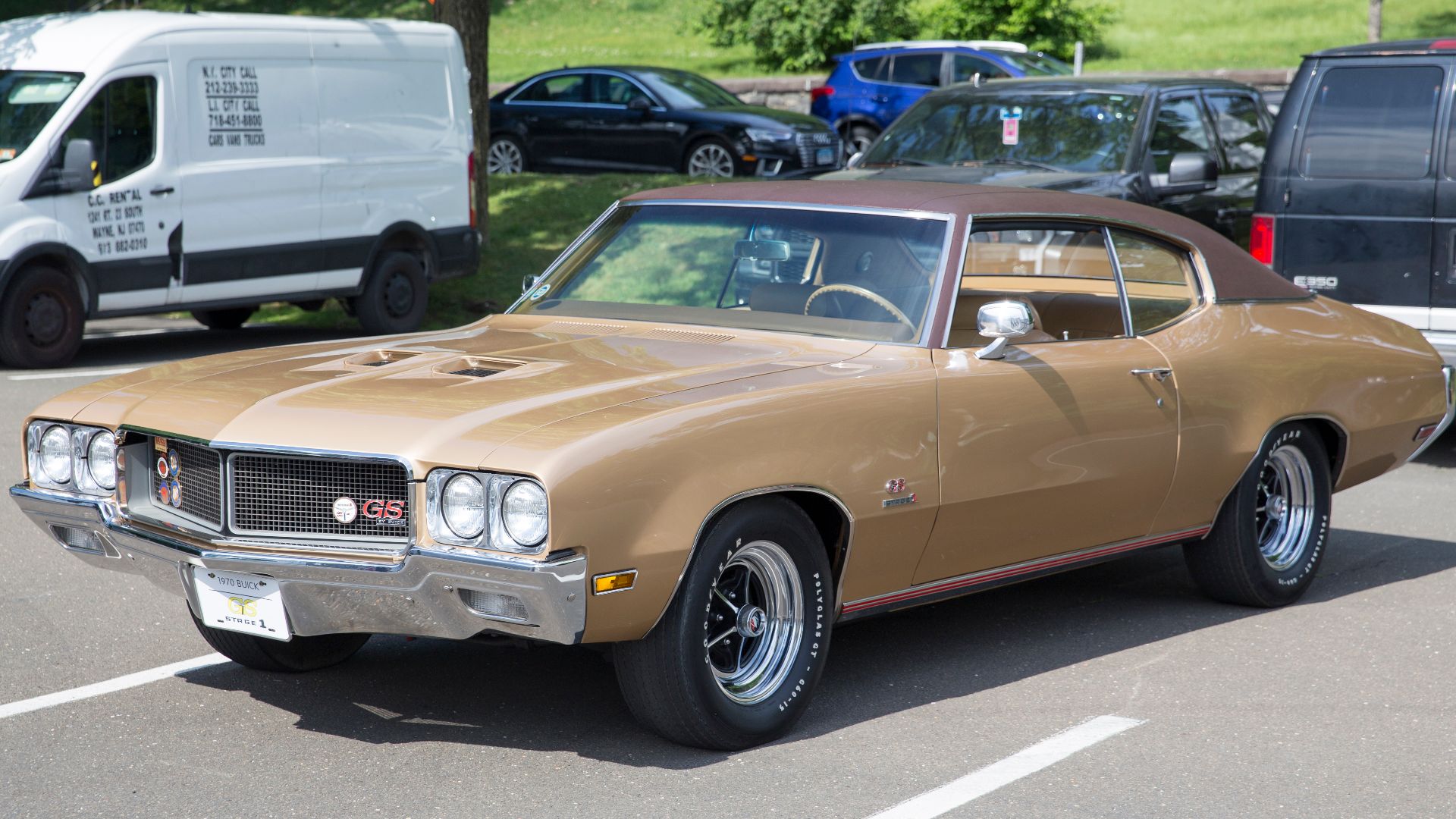 Mr.choppers, Wikimedia Commons
Mr.choppers, Wikimedia Commons
1969 Pontiac GTO Judge
The 1969 Pontiac GTO Judge was loud in both color and character. With its 370‑hp Ram Air IV engine, it hit 0‑60 mph in roughly six seconds and topped 140 mph. Pontiac marketed it with flair (“All rise for the Judge!'”) and it became a symbol of the muscle‑car rebellion. This road‑ready beast proved that attitude, performance, and accessibility could coexist in one unforgettable, street‑legal package.
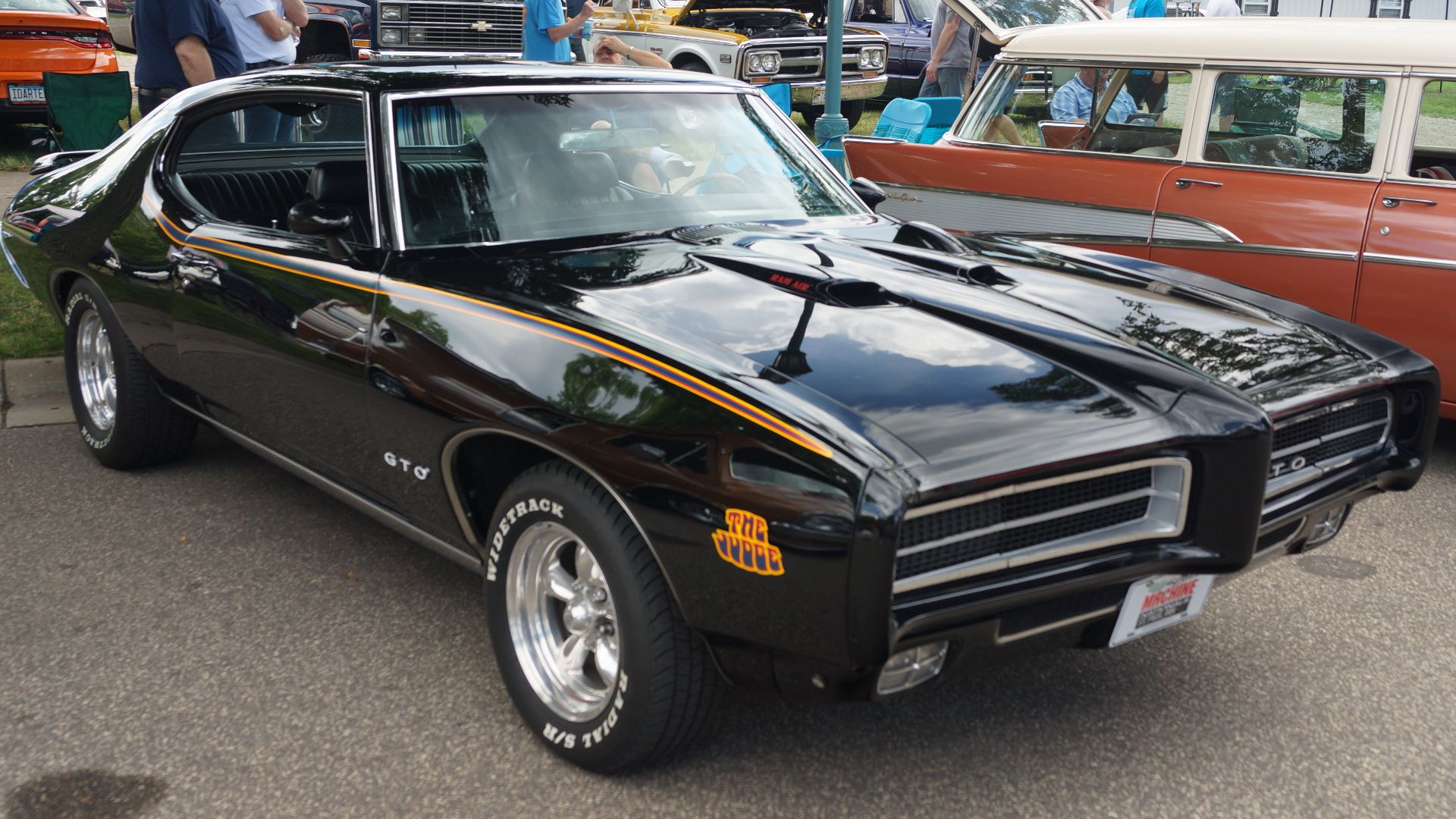 Greg Gjerdingen from Willmar, USA, Wikimedia Commons
Greg Gjerdingen from Willmar, USA, Wikimedia Commons
1969 Chevrolet Camaro Z28
The 1969 Camaro Z28 delivered precision and muscle in perfect balance. Powered by a 302‑cubic‑inch V8 producing 360 hp, it could rev beyond 7,000 rpm, which was nearly unheard of at the time. With a 0‑60 mph time around six seconds and superb handling, it was both track‑capable and street‑ready. Its Trans‑Am racing roots gave it an edge that made it one of Chevrolet’s most respected performance legends.
1969 Dodge Charger Daytona
Built as the road‑going counterpart to its NASCAR sibling, the Charger Daytona didn’t just look fast. The 426 Hemi V8 gave it over 425 horsepower, and aerodynamic tweaks like a pointed nose and tall rear wing made it a 200‑mph missile. Only a few hundred reached buyers, but its blend of legality and speed made it the stuff of legend.
 Doug Fawley, Wikimedia Commons
Doug Fawley, Wikimedia Commons
1994–1996 Chevrolet Impala SS
Chevrolet’s 1994–96 Impala SS proved that muscle could wear a suit. Under its understated sedan shell was a 330‑hp 5.7‑litre LT1 V8 borrowed from the Corvette. It could dash 0‑60 mph in 5.5 seconds—impressive for a 4,000‑lb cruiser.
2007 Chevrolet Corvette ZR1 (C6)
The 2007 Corvette ZR1’s 638‑hp supercharged V8 redefined muscle for the modern age. It blasted to 60 mph in 3.3 seconds and exceeded 205 mph. Carbon‑fiber panels, Brembo brakes, and adaptive suspension made it a street‑legal track weapon. Though marketed as a supercar, its raw, front‑engine power and thunderous V8 soundtrack kept it deeply rooted in the American muscle tradition.
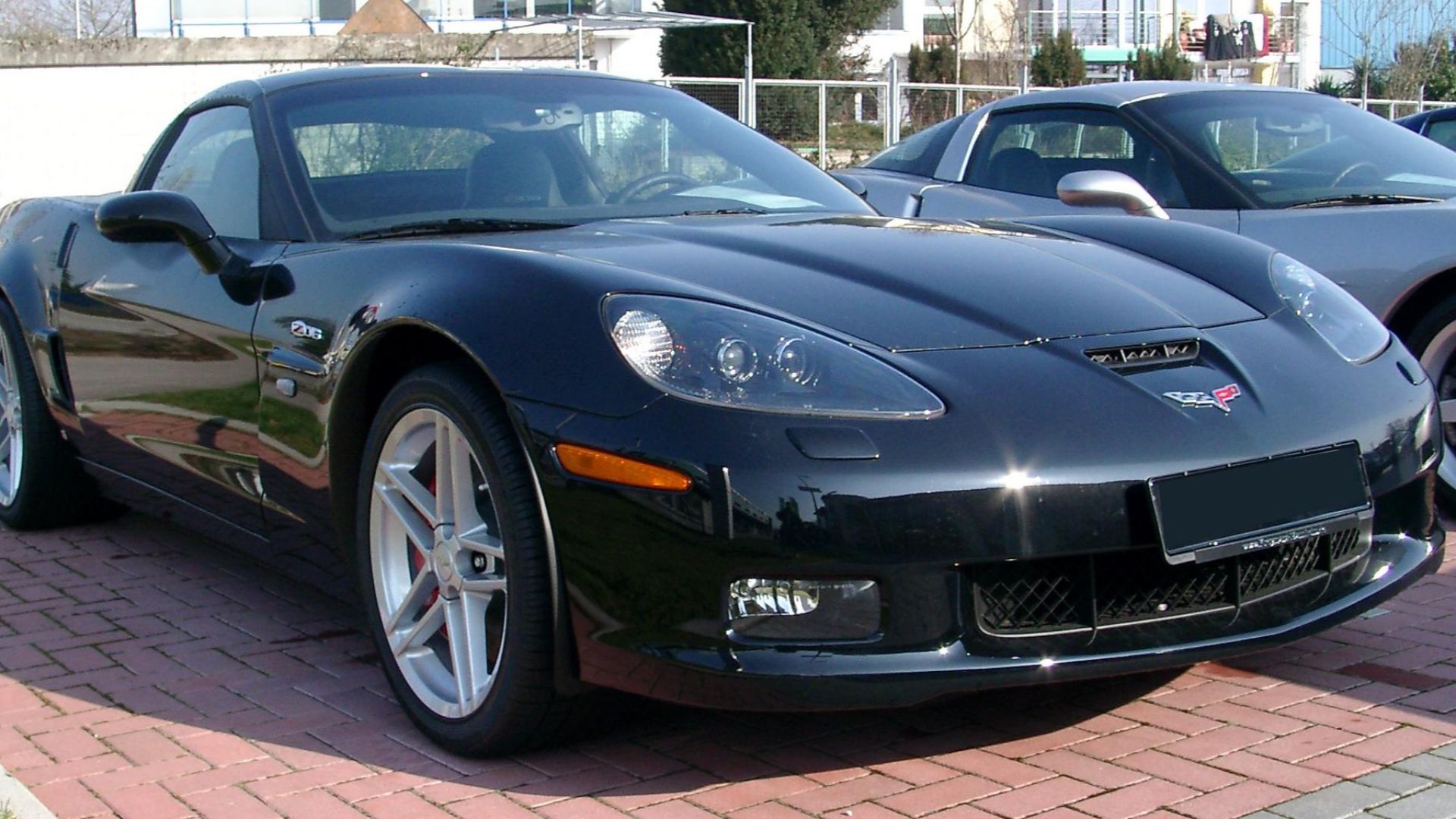 Rudolf Stricker, Wikimedia Commons
Rudolf Stricker, Wikimedia Commons
2015 Dodge Challenger SRT Hellcat
The 2015 Hellcat roared into history with a 6.2‑litre supercharged HEMI producing 707 hp and 650 lb‑ft of torque. It ran 0‑60 mph in 3.6 seconds and topped 199 mph. The Hellcat revived pure excess for the modern era, reminding everyone that Detroit muscle could still terrify the autobahn elite.
2018 Dodge Challenger SRT Demon
The 2018 Demon was built to dominate drag strips and public streets. Its 840‑hp engine (on race fuel) launched the car 0‑60 mph in just 2.3 seconds, making it the world’s first wheelie‑popping street car. Its drag radials, TransBrake system, and factory warranty made it unique. This wasn’t just muscle, it was madness engineered for everyday legality.
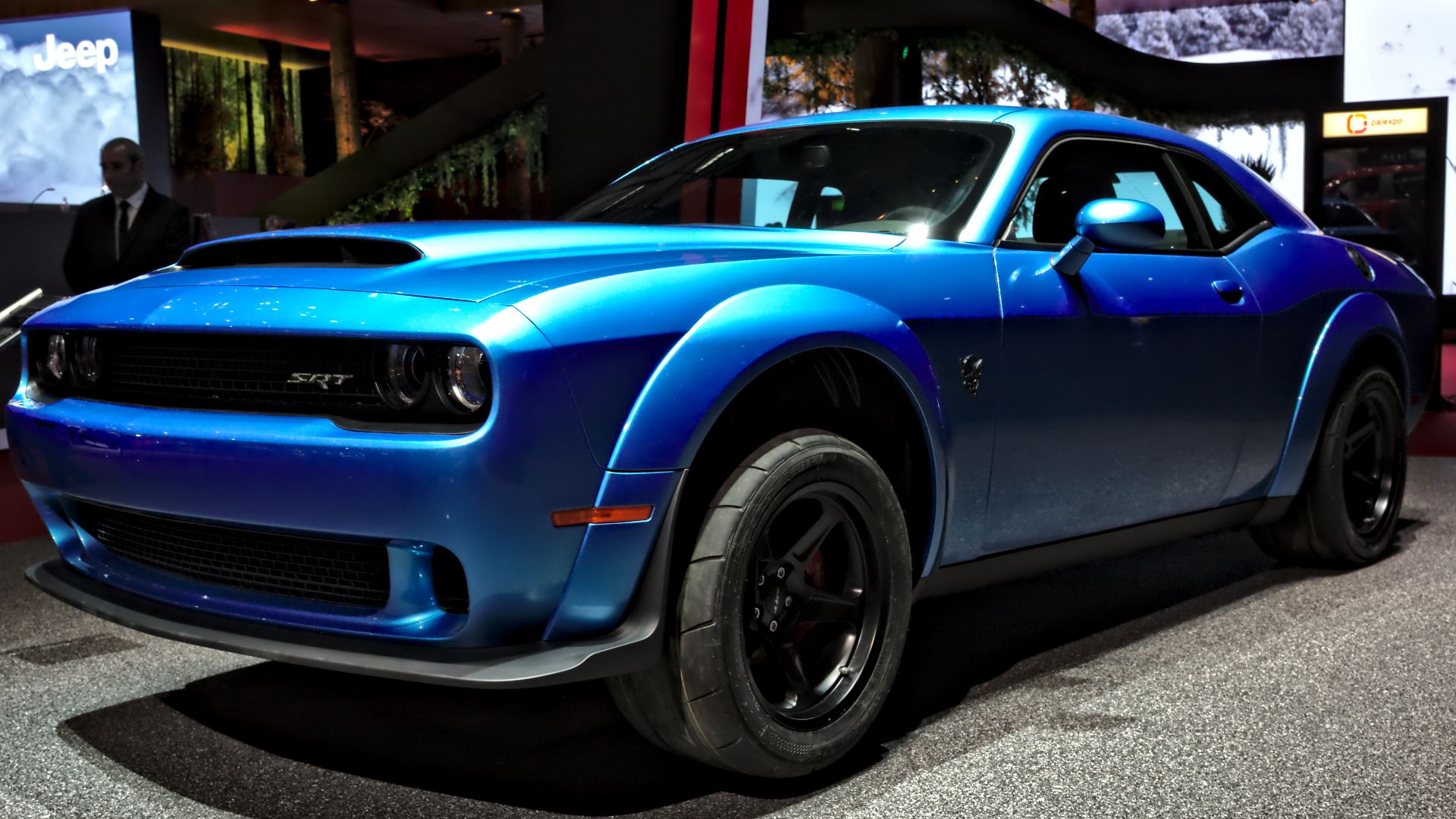 Alexander Migl, Wikimedia Commons
Alexander Migl, Wikimedia Commons
2020 Ford Mustang Shelby GT500
The 2020 Shelby GT500 combined 760 hp with a lightning‑fast dual‑clutch gearbox, sprinting from 0‑60 mph in 3.3 seconds. Its 5.2‑litre Predator V8 delivered supercar power with muscle‑car aggression. Carbon‑fiber wheels, massive Brembos, and advanced aerodynamics made it both road‑ready and racetrack‑hungry—Ford’s ultimate balance of brute strength and modern precision.
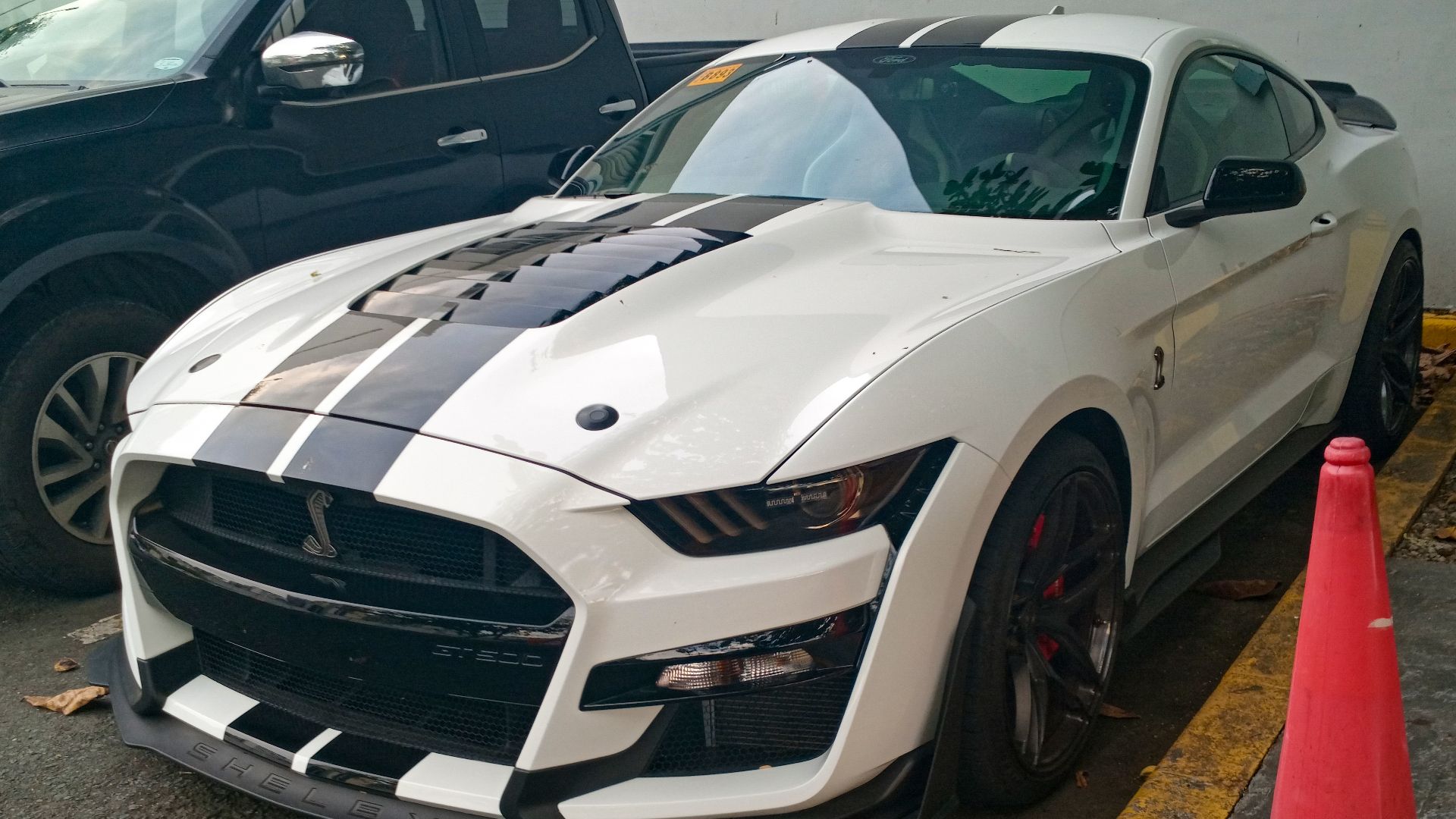 Ethan Llamas, Wikimedia Commons
Ethan Llamas, Wikimedia Commons
2020 Chevrolet Camaro ZL1 1LE
The 2020 Camaro ZL1 1LE proved that muscle could easily turn corners. Its 650‑hp supercharged LT4 V8, race‑tuned suspension, and lightweight carbon components allowed 0‑60 mph in 3.5 seconds and 200‑mph runs. It married muscle‑car power with sports‑car agility, making it one of the most well‑rounded performance machines ever built.
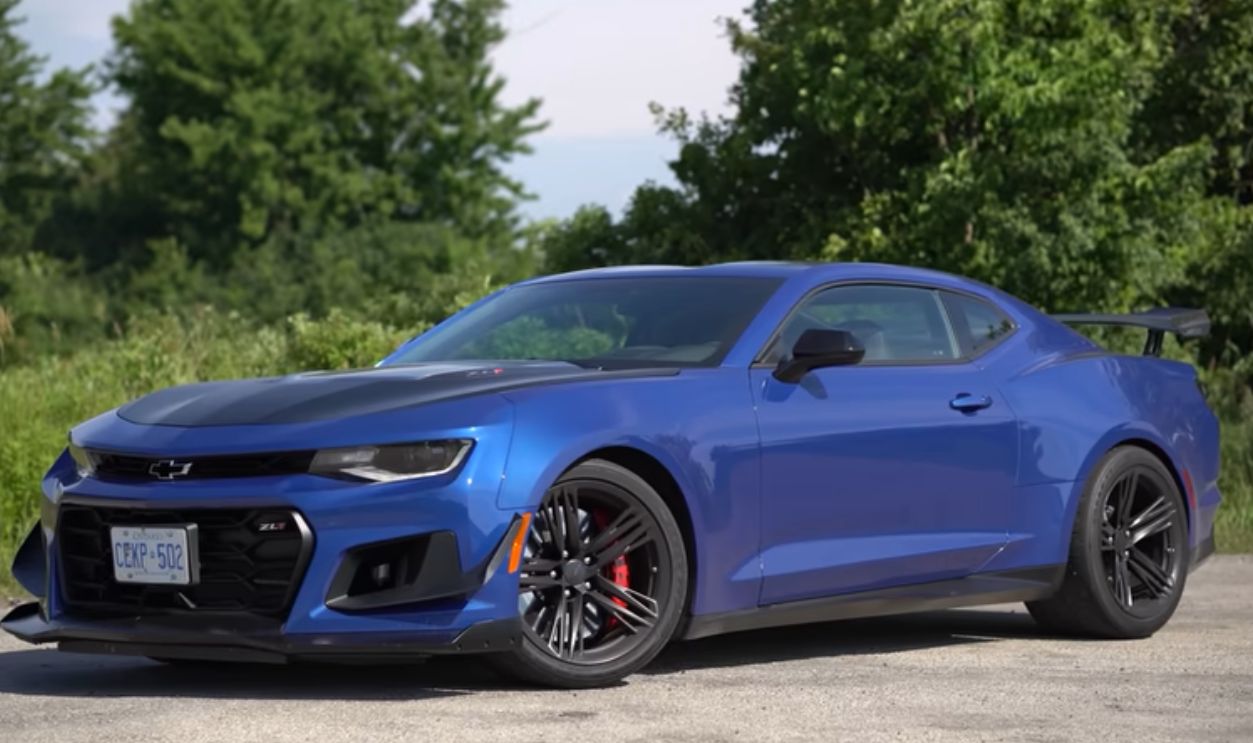 The 2020 Chevy Camaro ZL1 1LE is a Street Legal Track Weapon, TheStraightPipes
The 2020 Chevy Camaro ZL1 1LE is a Street Legal Track Weapon, TheStraightPipes
2019 Chevrolet Camaro SS
Chevy’s 2019 Camaro SS packed a naturally aspirated 6.2‑litre V8 good for 455 hp and 0‑60 in just four seconds. With Magnetic Ride Control and aerodynamic refinements, it combined daily usability with drag‑strip prowess. It wasn’t the wildest muscle car, but it represented the perfect middle ground: raw power, refined control, and fully street‑legal fun.
2020 Dodge Charger Hellcat Redeye
The 2020 Charger Hellcat Redeye made family sedans terrifying again. Its 797‑hp supercharged V8 propelled it 0‑60 in 3.5 seconds and up to 203 mph. Despite its size, it handled with poise, offering luxury and lunacy in one package.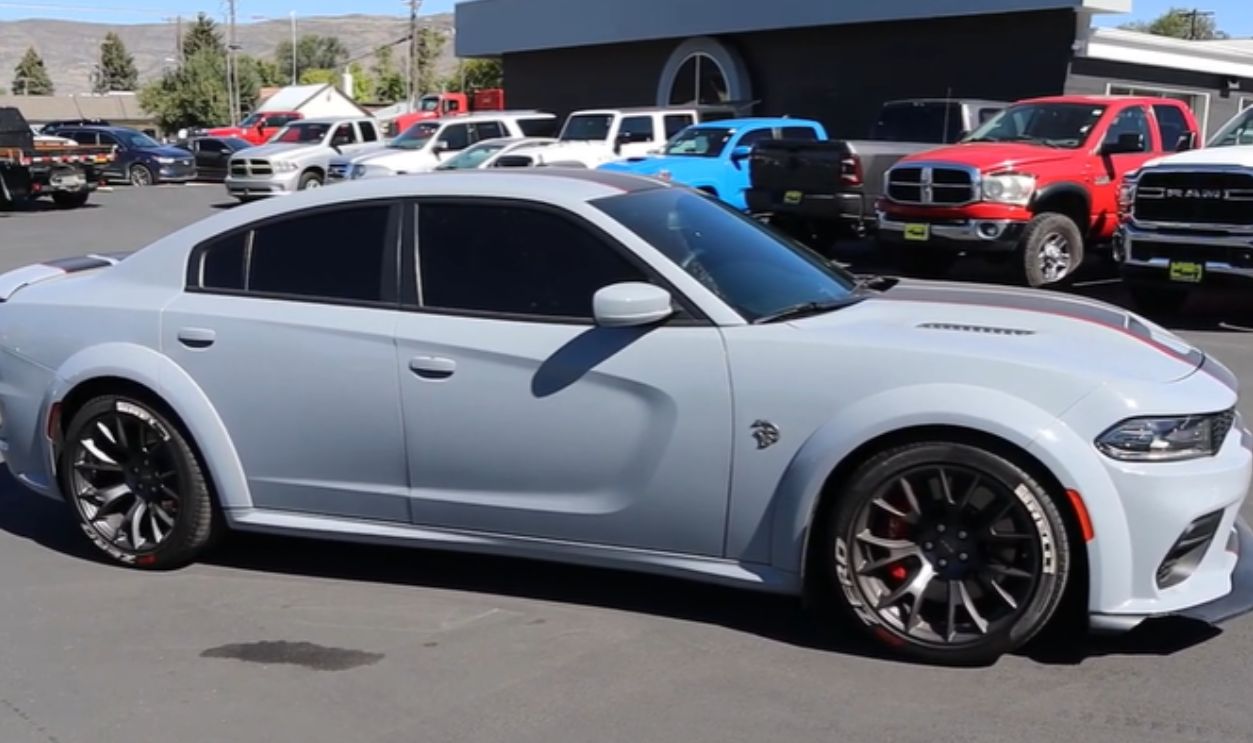 Dodge Charger Hellcat Widebody: Long Live The Hellcat!, Ben Hardy
Dodge Charger Hellcat Widebody: Long Live The Hellcat!, Ben Hardy
2023 Dodge Challenger SRT Demon 170
The 2023 Challenger Demon 170 marked the grand finale of the muscle‑car era (so far, at least). Its 1,025‑hp ethanol‑fed HEMI engine pushed 0‑60 mph in an insane 1.66 seconds—faster than million‑dollar hypercars. Fully street‑legal and limited in production, it’s Dodge’s farewell masterpiece. The Demon 170 is more than a car; it’s a rolling tribute to 100 years of gasoline‑powered insanity and the king of the modern muscle throne.
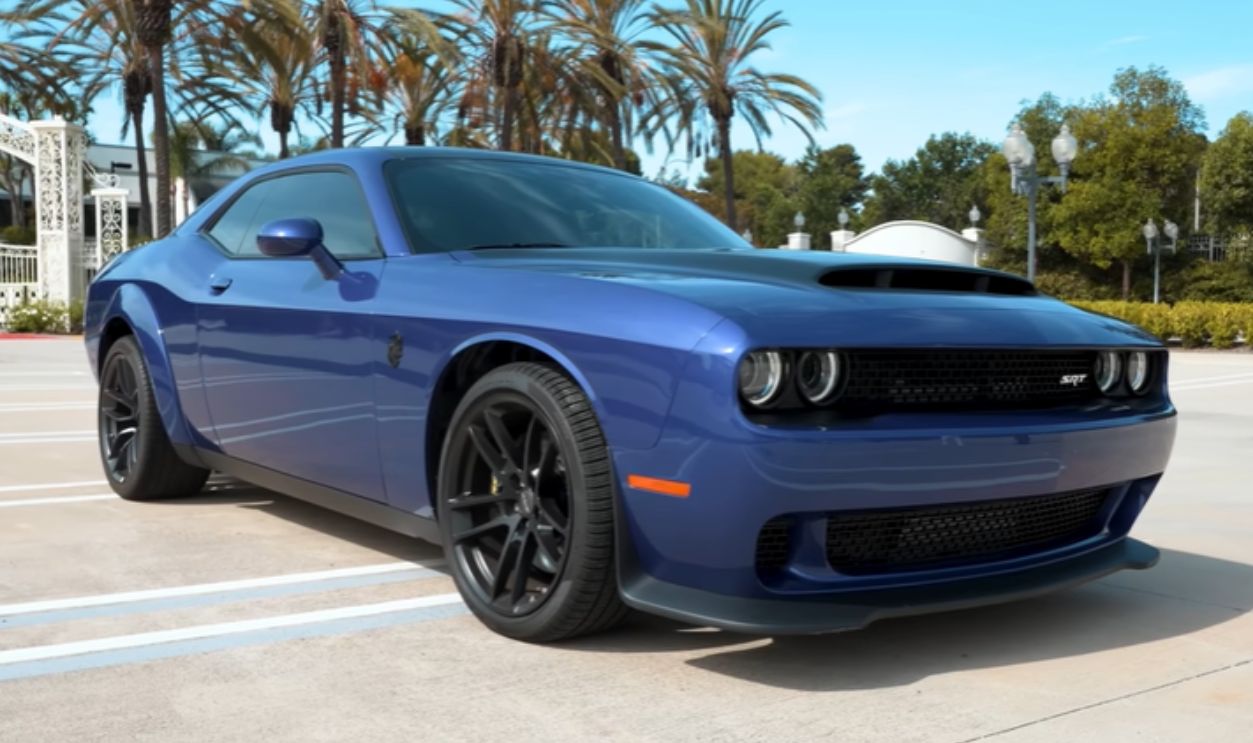 THE DODGE DEMON 170 IS HERE!, Manny Khoshbin
THE DODGE DEMON 170 IS HERE!, Manny Khoshbin
You May Also Like:
Muscle Cars That Defined The 1960s
Muscle Cars That Changed American Car Culture Forever
Inside The Brothers Automotive Museum: America's Most Secretive Collection Of 600 Muscle Cars


